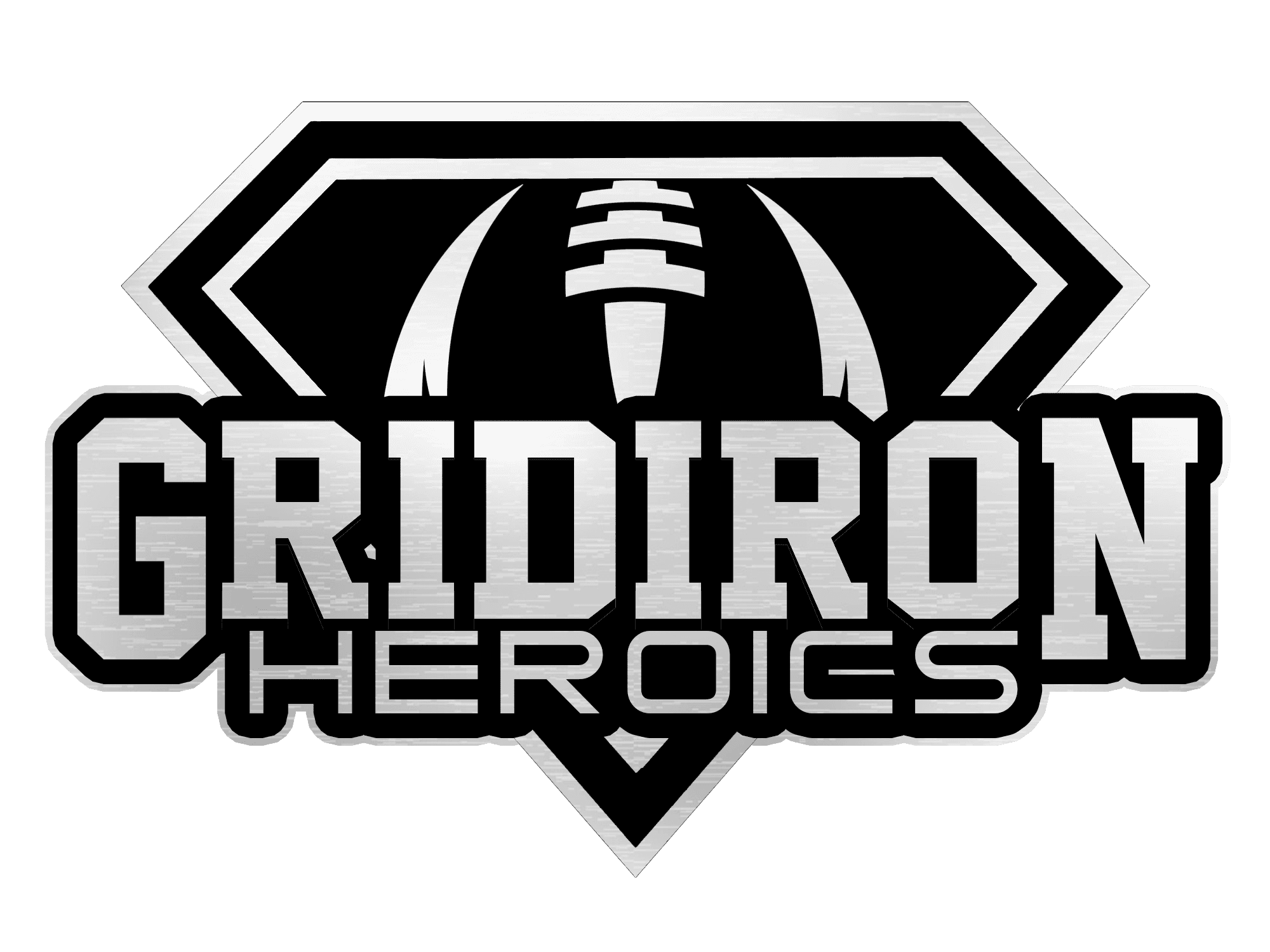The evolution of the quarterback position in the NFL is a compelling narrative that reflects broader changes in the game itself. From its inception, the role of the quarterback has transformed dramatically, moving from a primarily passing position to one characterized by versatility and athleticism.
The Evolution of the Quarterback in the NFL
Early Years: The Traditional Pocket Passer
In the early days of the NFL, the quarterback was primarily a pocket passer, a role epitomized by players like Johnny Unitas and Joe Namath. These quarterbacks were tasked with delivering accurate throws from the pocket, often relying on their ability to read defenses and make quick decisions. The passing game was not as emphasized as it is today; running the ball was the dominant strategy. As a result, quarterbacks were often seen as mere facilitators of the running game, rather than the focal points of the offense.
The Rise of the Pass-Happy Offense
The landscape began to shift in the 1970s and 1980s with the advent of more sophisticated passing offenses. Coaches like Don Coryell introduced systems that prioritized the aerial attack, leading to the emergence of iconic quarterbacks such as Dan Marino and Joe Montana. This era saw a significant increase in passing attempts and yardage, as teams recognized the strategic advantage of a potent passing game. The quarterback became the centerpiece of the offense, responsible for orchestrating plays and making critical decisions.
The Dual-Threat Revolution
The late 1990s and early 2000s marked the beginning of a new era with the emergence of dual-threat quarterbacks. Players like Michael Vick and Steve Young showcased the ability to not only pass effectively but also to run the ball with speed and agility. This shift changed the dynamics of the quarterback position, as defenses struggled to adapt to players who could threaten with both their arms and legs. The dual-threat quarterback became a game-changer, forcing defensive coordinators to rethink their strategies and personnel.
Modern Quarterbacks: Versatility and Adaptability
Today, the quarterback position has evolved into a multifaceted role that requires a unique blend of skills. Modern quarterbacks, such as Patrick Mahomes, Lamar Jackson, and Kyler Murray, exemplify this evolution. They possess not only the traditional passing skills but also the athleticism to escape pressure and make plays with their feet. This adaptability is crucial in a league that increasingly values versatility and the ability to improvise.
Former NFL quarterback Jordan Palmer highlights this transformation, noting that the criteria for evaluating quarterbacks have broadened significantly. He points out that players of various sizes and backgrounds are now finding success in the NFL, breaking the mold of the prototypical quarterback. The rise of smaller quarterbacks, such as Russell Wilson and Baker Mayfield, illustrates a shift in scouting and recruiting practices, allowing for a more diverse range of talent at the position.
Impact on Team Strategies and the League
The evolution of the quarterback position has had profound implications for team strategies and the overall structure of the NFL. As dual-threat quarterbacks become more prevalent, teams are increasingly designing offenses that leverage their unique skill sets. This has led to the development of complex offensive schemes that blend traditional passing with innovative running plays, challenging defenses to adapt continuously.
Moreover, the success of dual-threat quarterbacks has influenced how teams approach the draft and player development. Teams now prioritize quarterbacks who can excel in multiple facets of the game, leading to a broader range of offensive strategies. The quarterback position has become a microcosm of the NFL’s broader evolution, reflecting the league’s shift towards a more dynamic and multifaceted game.
The Face of the NFL
The evolution of the quarterback position in the NFL is a testament to the sport’s adaptability and innovation. From traditional pocket passers to today’s versatile dual-threat quarterbacks, the role has transformed significantly, shaping the way the game is played and strategized. As the NFL continues to evolve, the quarterback will remain at the forefront, embodying the complexities and challenges of modern football. The future of the position promises to be as exciting and unpredictable as the game itself.


